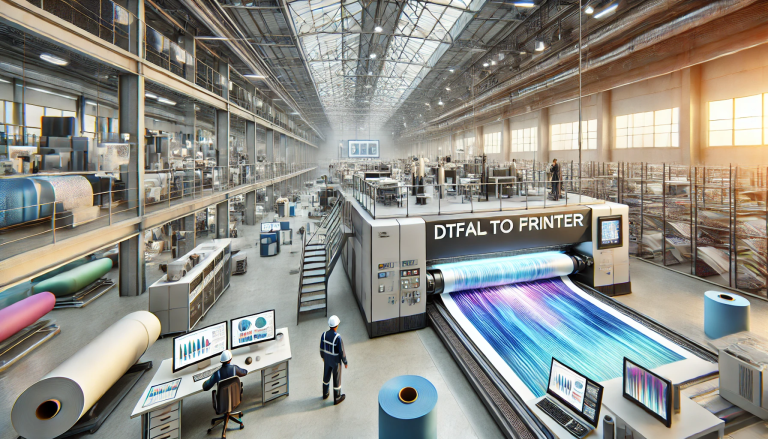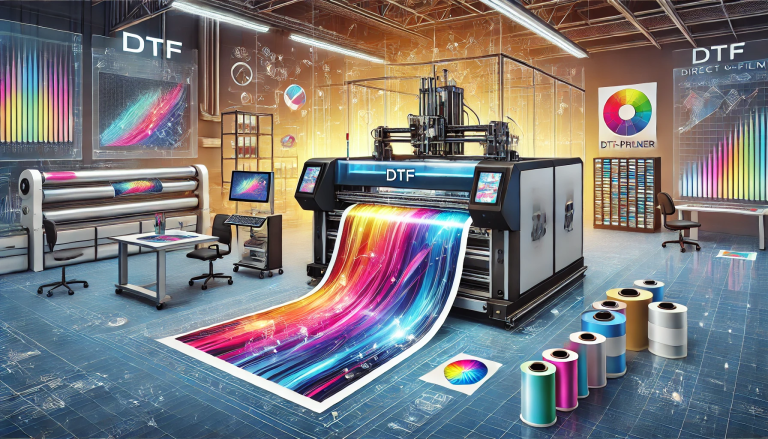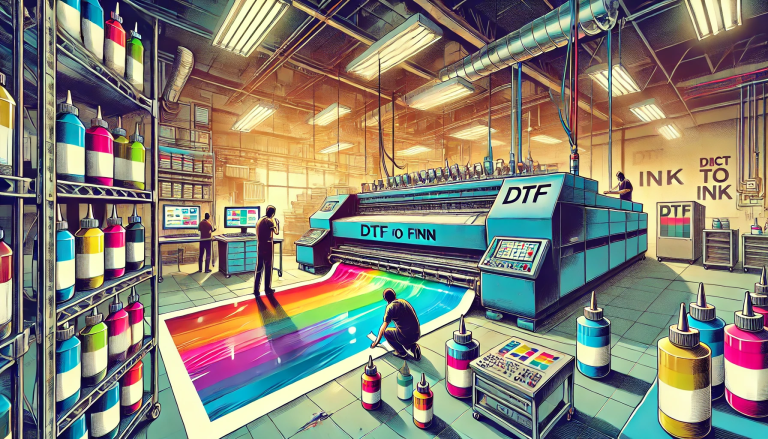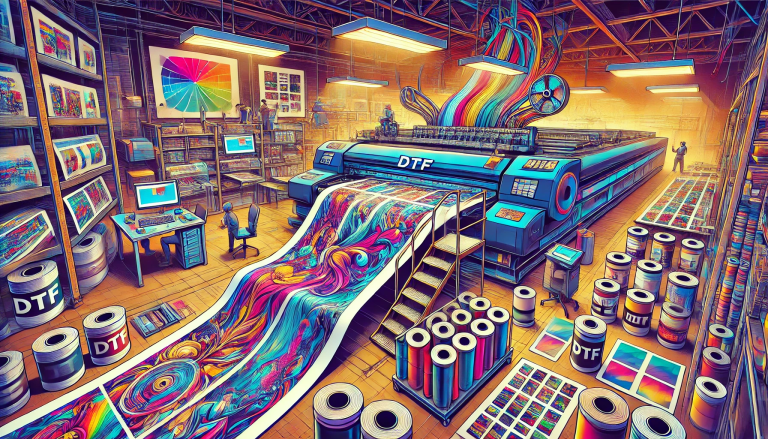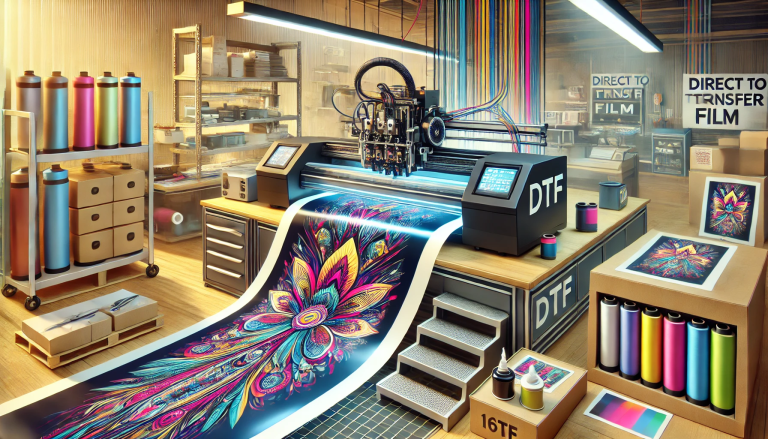“Experience the Difference with Is PET Film DTF A4 – Better than Vinyl!” -MAXDTF- Film DTF A4 Factory, PET Transfer Film Supplier, Made in china
Introduction
PET Film DTF A4 is a type of film that is becoming increasingly popular in the printing industry. It is a polyester-based film that is used for a variety of applications, including vehicle wraps, wall graphics, and window graphics. It is a durable and versatile material that is often used as an alternative to vinyl. In this article, we will discuss the advantages and disadvantages of PET Film DTF A4 compared to vinyl, and why it may be a better choice for certain applications.
Examining the Environmental Impact of PET Film DTF A4 and Vinyl
The environmental impact of PET film DTF A4 and vinyl is an important consideration for those looking to use these materials in their projects. Both materials are widely used in a variety of industries, from packaging to construction, and their environmental impact should be taken into account when making decisions about their use.
PET film DTF A4 is a polyethylene terephthalate film that is used for a variety of applications, including food packaging, medical packaging, and industrial packaging. It is a lightweight, durable material that is resistant to moisture, chemicals, and heat. It is also recyclable, making it an attractive option for those looking to reduce their environmental impact.
Vinyl is a synthetic material made from polyvinyl chloride (PVC). It is used in a variety of applications, including construction, automotive, and medical. It is a durable material that is resistant to moisture, chemicals, and heat. However, it is not recyclable, and its production and disposal can hurt the environment.
When considering the environmental impact of PET film DTF A4 and vinyl, it is important to consider the entire life cycle of the materials. The production of both materials requires energy and resources, and the disposal of both materials can hurt the environment. PET film DTF A4 is recyclable, which can help reduce its environmental impact, while vinyl is not recyclable and must be disposed of responsibly.
Overall, PET film DTF A4 and vinyl both have environmental impacts that should be taken into account when making decisions about their use. PET film DTF A4 is recyclable, making it a more environmentally friendly option, while vinyl is not recyclable and must be disposed of responsibly. Ultimately, the decision of which material to use should be based on the specific needs of the project and the environmental impact of each material.
Comparing the Durability and Cost of PET Film DTF A4 and Vinyl
When it comes to choosing a material for a project, it is important to consider both the cost and the durability of the material. Two popular materials for projects are PET Film DTF A4 and Vinyl. Both materials have their advantages and disadvantages, and it is important to understand the differences between them to make an informed decision.
In terms of cost, Vinyl is generally more expensive than PET Film DTF A4. This is because Vinyl is a more durable material and is often used for more long-term projects. PET Film DTF A4, on the other hand, is a more affordable option and is often used for short-term projects.
When it comes to durability, Vinyl is the clear winner. Vinyl is a much more durable material than PET Film DTF A4 and can withstand more wear and tear. It is also more resistant to fading and discoloration, making it a great choice for projects that require a long-lasting finish.
Overall, when it comes to choosing between PET Film DTF A4 and Vinyl, it is important to consider both the cost and the durability of the material. Vinyl is generally more expensive but is also more durable, making it a great choice for long-term projects. PET Film DTF A4 is a more affordable option and is often used for short-term projects.
Exploring the Benefits of PET Film DTF A4 Compared to Vinyl
PET film DTF A4 is a type of plastic film that is becoming increasingly popular in the printing industry. It is a polyester-based film that is used for a variety of applications, including digital printing, screen printing, and lamination. Compared to vinyl, PET film DTF A4 offers several advantages.
One of the primary benefits of PET film DTF A4 is its durability. The film is highly resistant to tearing, scratching, and fading, making it an ideal choice for applications that require long-term durability. Additionally, PET film DTF A4 is waterproof and UV-resistant, making it suitable for outdoor applications.
Another advantage of PET film DTF A4 is its versatility. The film can be used for a variety of printing applications, including digital printing, screen printing, and lamination. Additionally, the film can be used on a variety of substrates, including paper, cardboard, and plastic. This makes it an ideal choice for a wide range of printing projects.
In addition to its durability and versatility, PET film DTF A4 is also more cost-effective than vinyl. The film is less expensive to purchase and is easier to install, making it a more cost-effective option for many printing projects.
Finally, PET film DTF A4 is more environmentally friendly than vinyl. The film is made from recycled materials, making it a more sustainable choice. Additionally, the film is recyclable, making it an even more eco-friendly option.
Overall, PET film DTF A4 offers several advantages over vinyl. The film is more durable, versatile, cost-effective, and environmentally friendly, making it an ideal choice for a variety of printing projects.
Conclusion
In conclusion, it is difficult to definitively say whether PET Film DTF A4 is better than vinyl or not. Both materials have their unique advantages and disadvantages, and the best choice for a particular application will depend on the specific needs of the user. Ultimately, it is up to the user to decide which material is best for their particular application.

